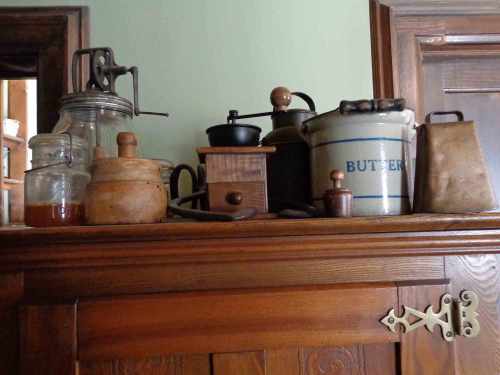
Monroe, Wisconsin, attracted me for several reasons. There is a museum that celebrates cheesemaking (the delightful and informative National Historic Cheesemaking Center). It is home to the oldest cheese shop in a state that is practically defined by cheese (Baumgartner, which sits on the town square). And it is the location of what is likely the last Swiss Turner Hall in the U.S.
Turner Halls were/are community centers in German-speaking communities. The halls generally include meeting rooms, event spaces, and somewhere to eat and drink, but the real focus was gymnastics—because Turner means gymnast in German (or, more precisely, a member of a Turnverein, or gymnastics club).
Monroe is at the heart of Green County, which was settled by Swiss immigrants and still has a largely Swiss population. There are cheese makers scattered about the countryside and an annual event at the Cheesemaking Center where cheesemakers hand-craft cheese using the antique equipment. So cheese is common, and of course styles from Switzerland dominate.
Monroe is sometimes called “the Swiss Cheese Capital of the United States.” It was because of this claim to fame that, in the Ratskeller Restaurant at the Turner Hall, while all the Swiss specialties on the menu looked good to me, I was particularly attracted to the Swiss Cheese Pie. (That said, as good as the pie was, I now want to go back and try two or three other specialties on the menu.)
Not too surprisingly, I eventually found myself in possession of a nice chunk of Wisconsin Swiss Cheese. Lovely stuff. When I had consumed all but the last quarter pound, I came up with an idea that I thought was worth trying: Swiss Cheese Salad. I chopped the cheese into fairly fine dice, chopped a couple of tablespoons of sweet onion (or just a little less diced onion than you have diced cheese), combined the two, and added enough mayo to hold it together. It was great.
As I enjoyed it, it occurred to me that it was unlikely I was the only person who had ever had such a flash of inspiration. I did a search for Swiss Cheese Salad and learned that, indeed, I was not the first person to come up with the idea. However, my version was much simpler than the other versions I found, which means it is more likely that I’ll make it again. But definitely try it. Very tasty. However, as a food historian, it also reminded me how hard it can be to identify the origins of some dishes—because some food ideas occurred to multiple people in multiple locations.












